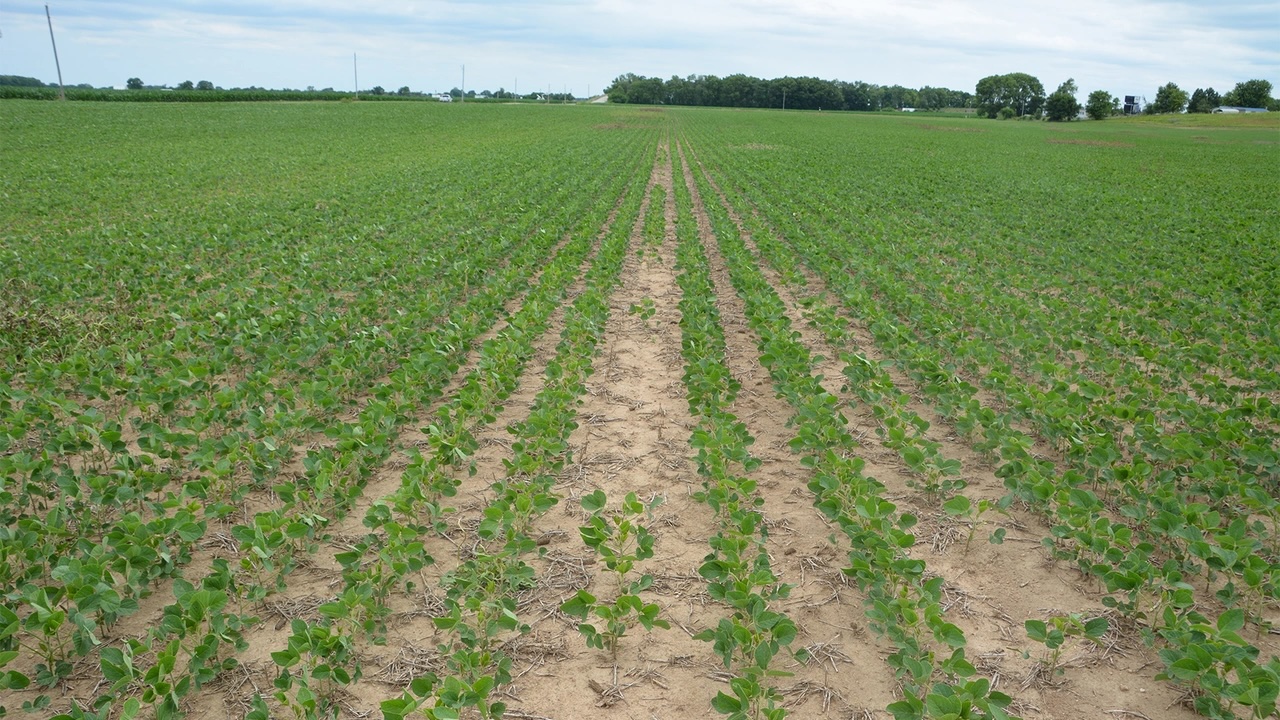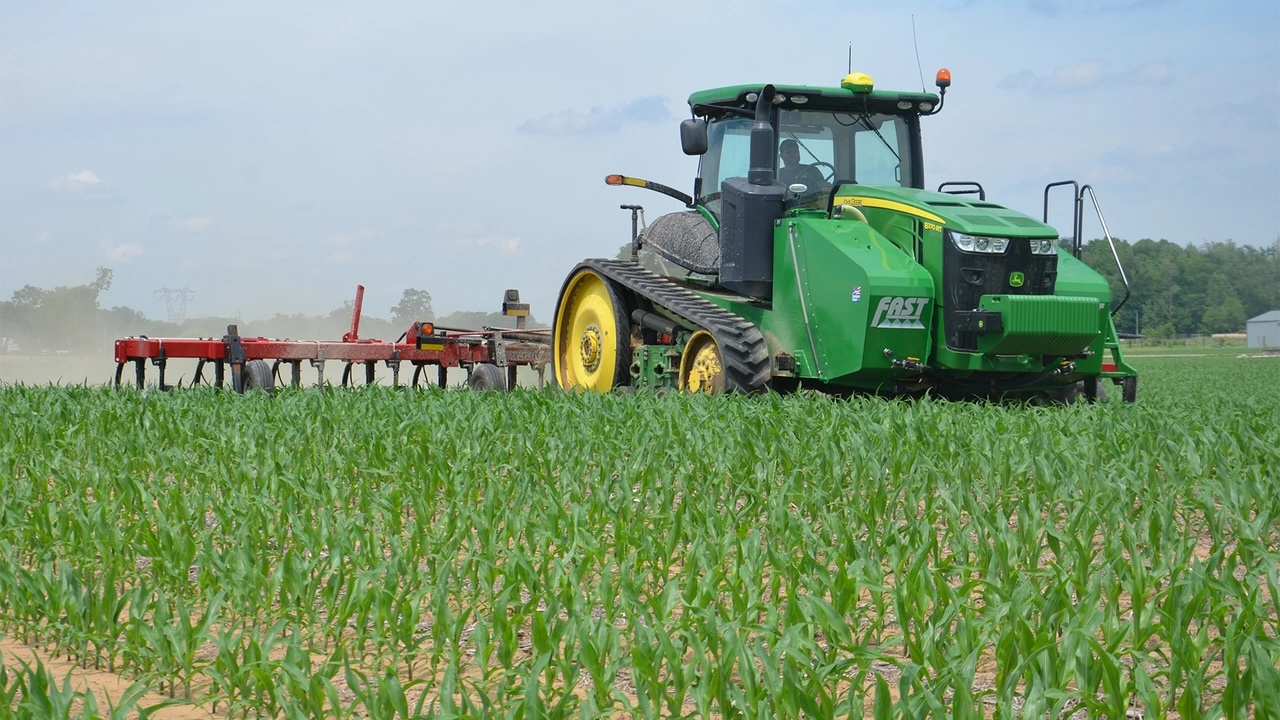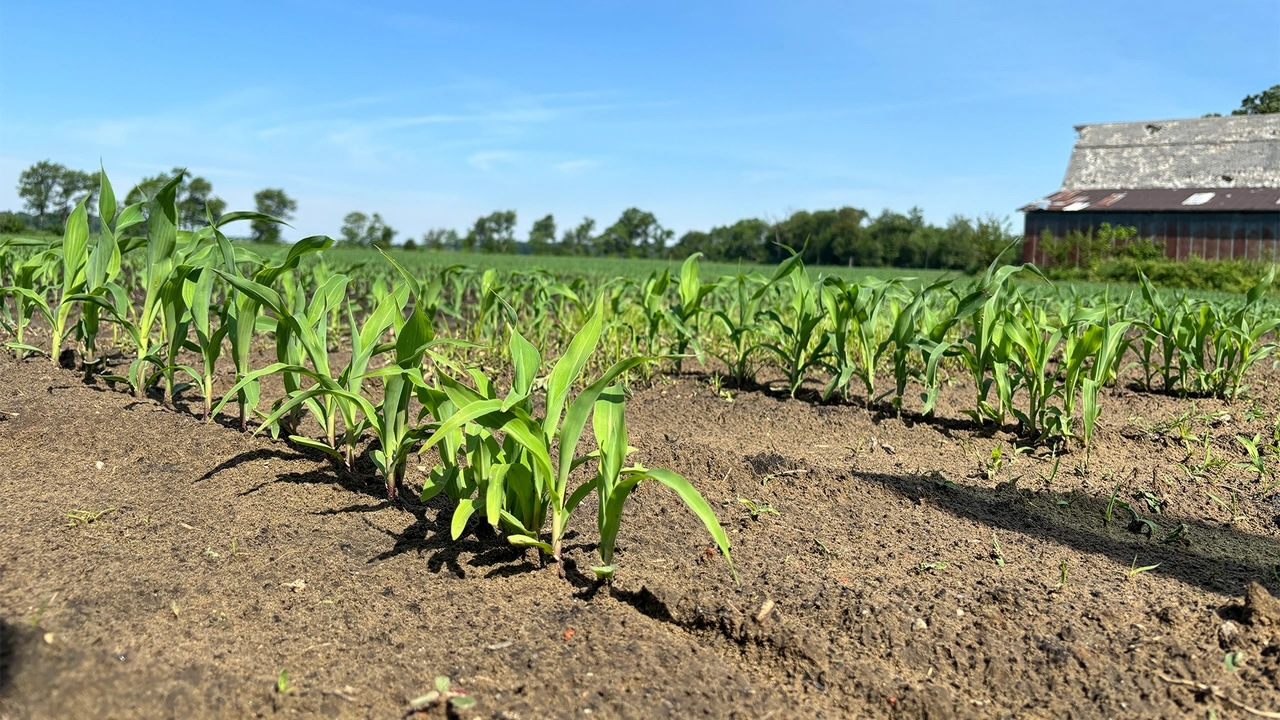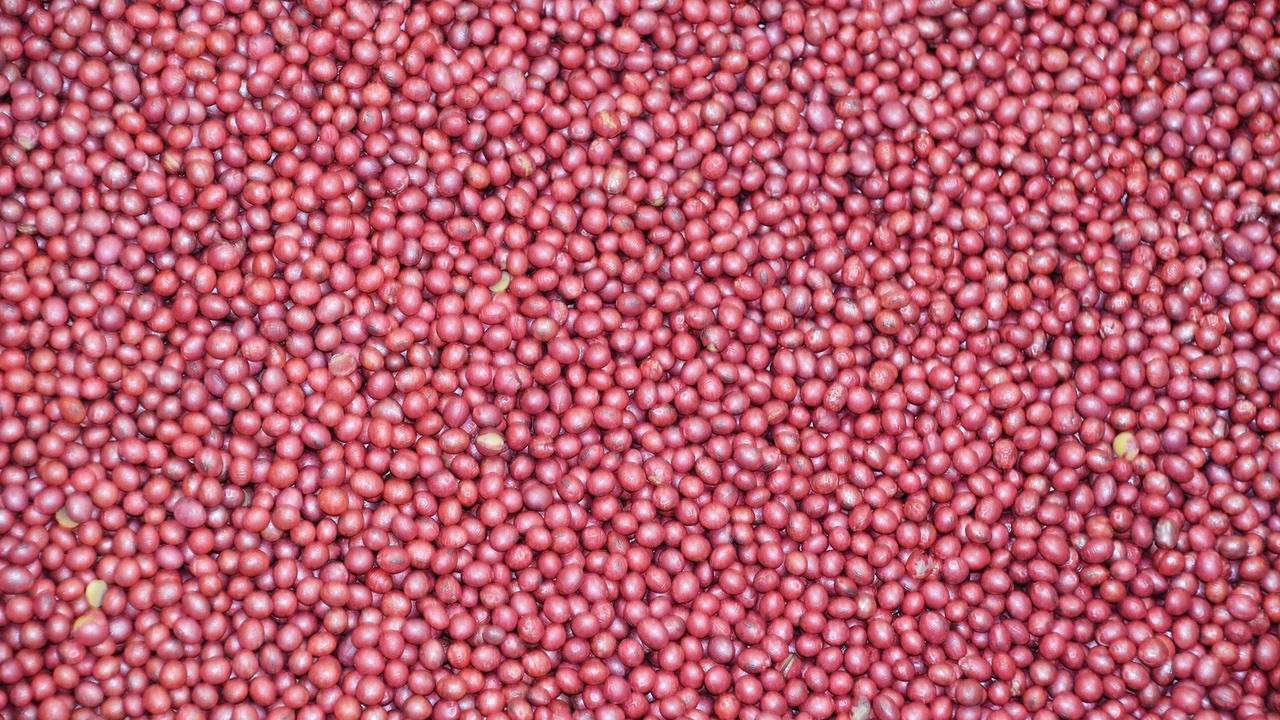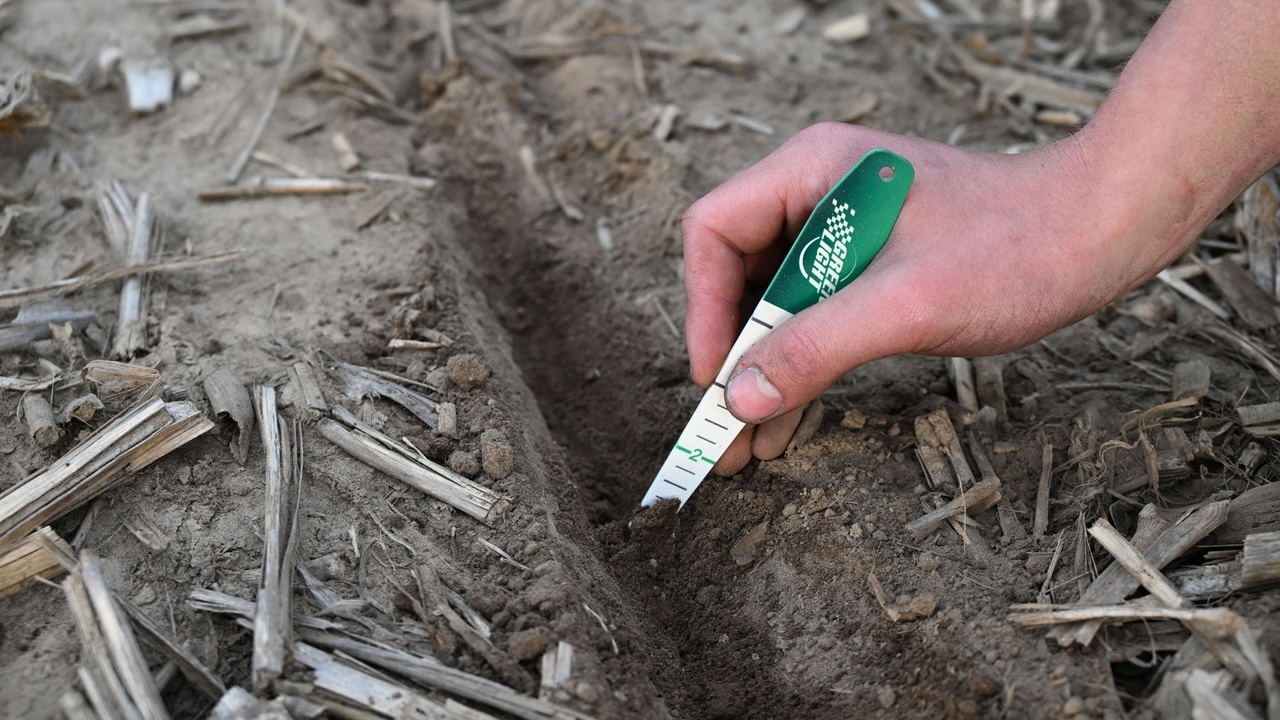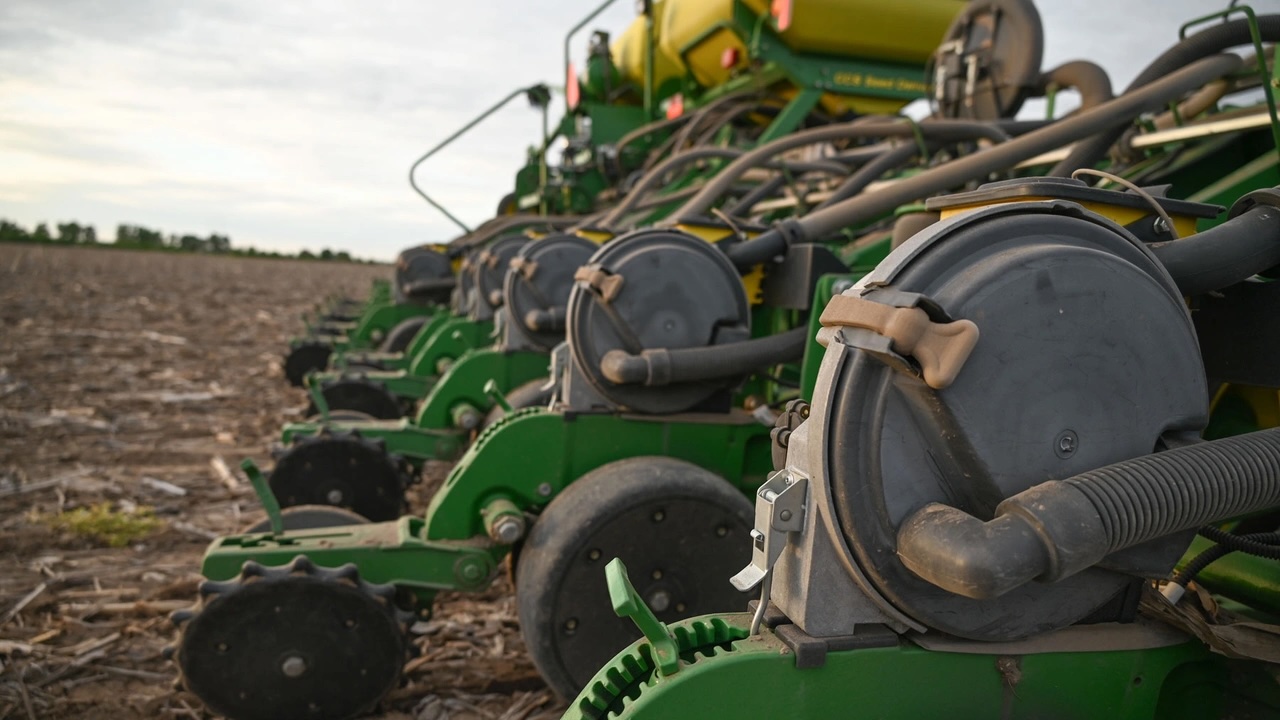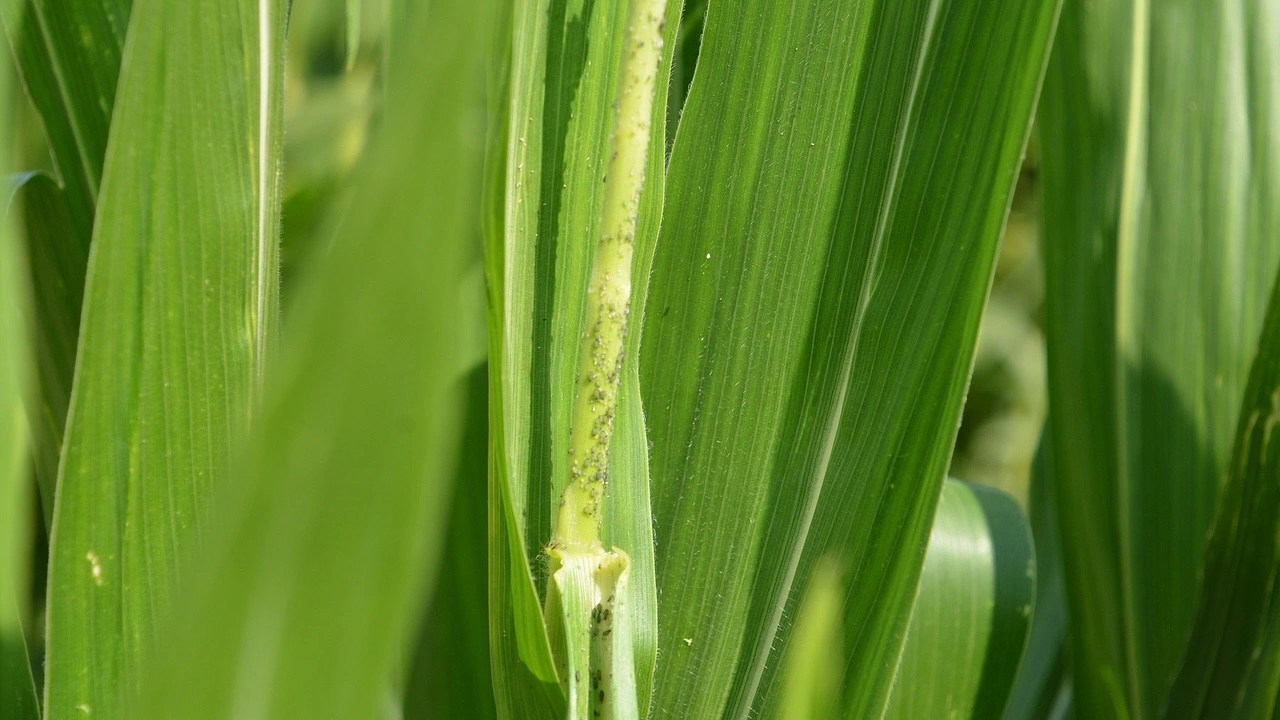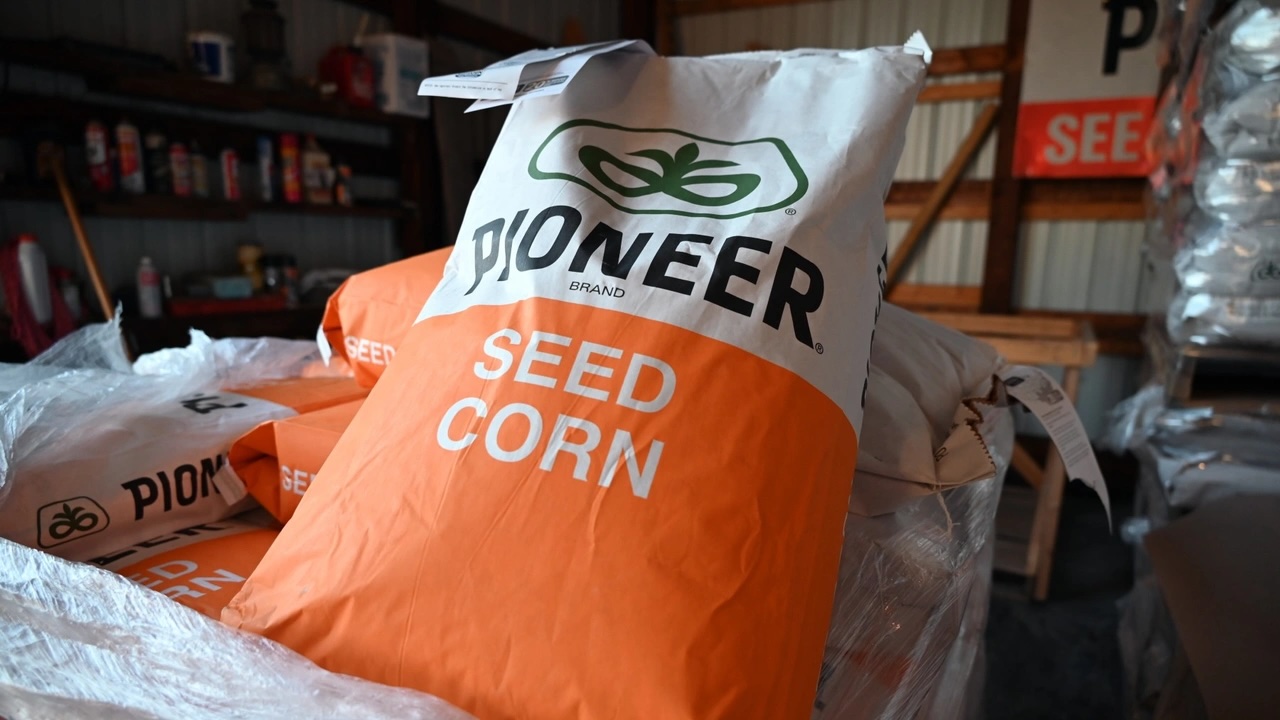Find which planter upgrades pay

We have an 8-year-old no-till planter with electric drives, no automatic downforce, standard closing wheels and factory liquid fertilizer attachments. Should we upgrade? If so, which technologies first?
The Indiana certified crop advisers panel answering this question includes Andy Like, independent crops consultant, Vincennes; Jeff Nagel, agronomist with Ceres Solutions, Lafayette; Marty Park, agronomist with Gutwein Seed Services, Rensselaer; and Dan Quinn, Purdue Extension corn specialist.
Like: If you have stand establishment issues related to planting depth and sidewall compaction, look at newer downforce and closing wheel technology. If you plant into highly variable soils or wet soils, newer downforce and closing wheels can really shine. Newer starter fertilizer placement systems don’t deliver enough value to retrofit an existing planter. It makes sense to add this option to a new planter.
How many acres are you planting? The more acres you cover, the cheaper it becomes per acre and the easier it is to recoup your investment.
Nagel: Possibly, but that will depend on how well your current setup performs for seed placement, early establishment and desired planter capacity. Seed meters, seed delivery systems and row-unit downforce are common upgrades. Farmers wanting to add capacity per day over a wider range of soil conditions are opting for high-speed delivery systems. Hydraulic downforce can more quickly respond for more consistent planting depth at higher speeds. Farm operations opting for high-speed planter technology often do some tillage for a more level seedbed.
Conservation-tillage systems like no-till also can benefit from air or hydraulic downforce to ensure consistent seed placement with more residue. Starter placement attachments, adjustable row cleaners and closing wheel selection become more important in no-till. Regardless of planter technology, observe placement when planting. We’ve seen several situations where spacing and depth was on target, but soil conditions were marginal, resulting in sidewall compaction.
Park: In my opinion, the planter is the most important piece of equipment. When you think back about the last several planting seasons and early stand establishment periods, does anything stand out as a potential limiting factor with your current planter? If nothing stands out, maybe you don’t have to make upgrades. If something stands out, could one or more upgrades address that limiting factor?
Size of your planter and size of your operation influence cost and potential benefits of upgrades. Some might cost $500 per row while others cost $2,000 per row. An 8-year-old planter is not “old,” but consider how much additional money you want to invest vs. trading for another planter.
The simplest place to start would be changing closing wheels. The most expensive would be adding automatic downforce. Liquid fertilizer delivery would probably be in the middle.
Quinn: An automatic or active downforce system is one of the first technologies I would add, especially if you’re no-tilling or planting into variable soil conditions. Downforce technology helps the planter maintain constant ground contact and pressure, and is very sensitive to changes in soil conditions and residue levels. We’ve seen the largest improvements in corn emergence uniformity and plant stand from an active downforce system compared to upgraded starter systems and different closing wheel types. However, this was specific to no-till and cover crop treatments, which were highly variable. If you can try different technologies on your own farm first, that will help you make the correct decision.


